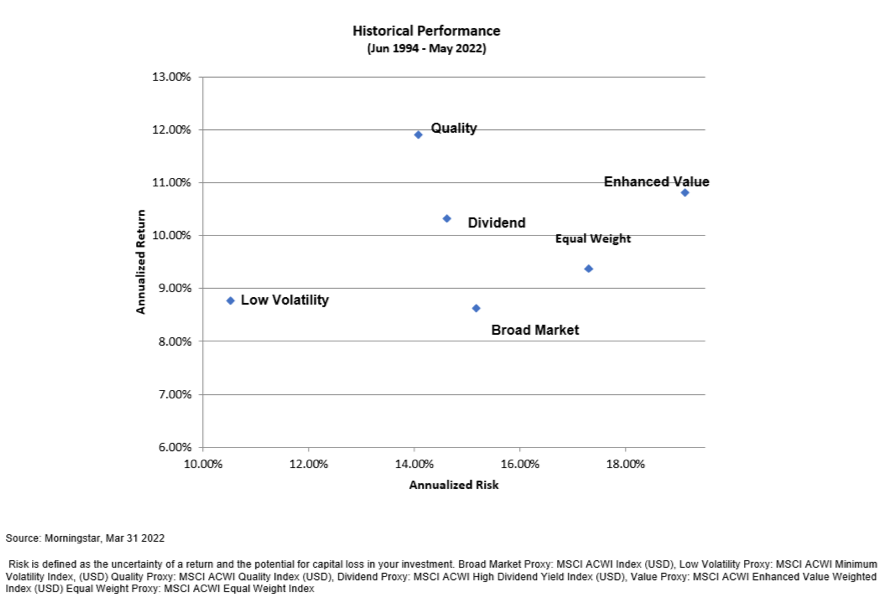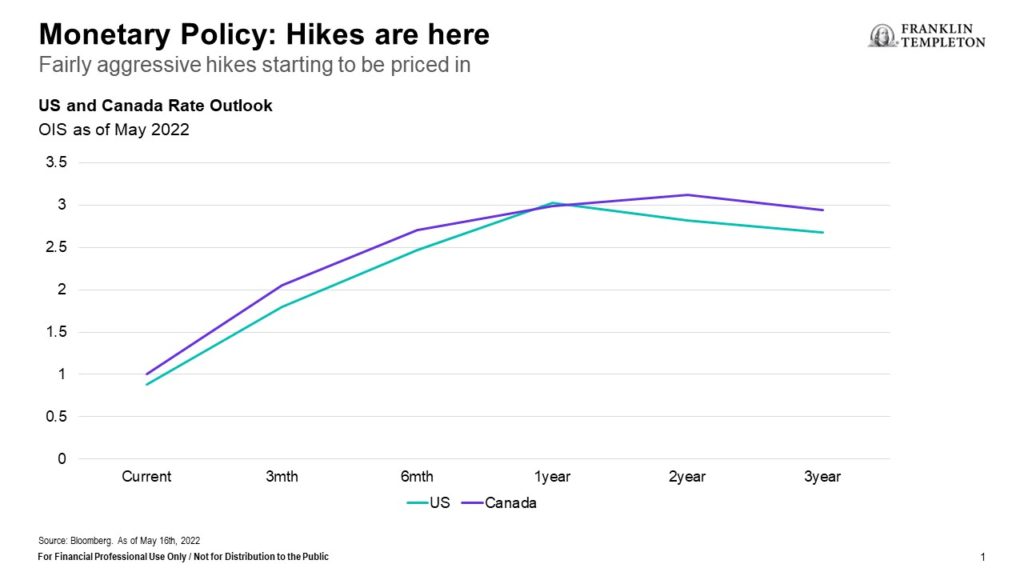My latest MoneySense Retired Money column looks at how the last two years of the Covid pandemic may have caused many older workers to find themselves suddenly retired, whether by their choice or not. You can find the full column by clicking on the highlighted text: Does it make sense to retire when we’re still in a pandemic?
Depending on when you had originally planned to retire — typically the traditional Retirement age in Canada is around 65 — the unexpected loss of Employment income may create any of several possibilities.
A major one is Semi-Retirement: a sort of half-way house between full employment and traditional full-stop Retirement. They may embrace a so-called Portfolio Career, generating multiple streams of income: employer pensions, government pensions, investment income, annuities, self-employment income; rental income, book royalties, speaking fees and the like.
Those in their early 60s may decide re-employment is not in the cards, which means a severance package may be your ticket to launching an encore career and becoming self-employed.
While self-employment may seem scary to those who spent more of their careers as salaried employees, self-employment doesn’t necessarily mean starting a business and employing others. Freelancing or consulting is typically a one-person gig; it may even just mean cobbling together several part-time jobs.
The column also addresses the possibility of downsizing to a smaller or less expensive place in the country, which many sudden retirees have done during the Covid era. Of course, the whole WorkfromHome phenomenon has shown how new technologies like Slack and Zoom make it possible to work remotely from anywhere with a reliable Internet connection. Two years into living with the pandemic, such technologies seem to have become permanent fixtures of working, whether remotely or a hybrid of commuting and telecommuting.
Those who were already near retirement and who enjoy good employer pensions and/or solid nest eggs from RRSPs, TFSAs and other savings, may decide they can get by without finding new employment or braving the waters of self-employment.
Time may be worth more than money
The column quotes financial marketer Darin Diehl, laid off at age 60 before Covid: “Even before Covid, my wife and I were thinking about whether we’d stay in our Mississauga home for the transition years into retirement, or downsize and relocate out of the city … Covid caused us to think about our options more thoroughly.” Continue Reading…








